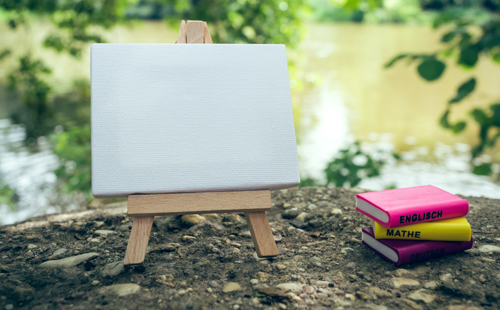托福阅读场景词汇:文化艺术类英语同义替换词考点

相关文章推荐:
文化艺术类词汇(一)
文化艺术类词汇(二)
文化艺术类词汇(三)
文化艺术类词汇(四)
文化艺术类词汇同义词替换练习
1托福阅读场景词汇:文化艺术类同义词替换
1symbolically: meaning and significance
TPO 10-1-Paragraph 5: To twentieth-century eyes, Chinese pottery may appear merely decorative, yet to the Chinese the form of each object and its adornment had meaning and significance. The
dragon represented the emperor ,and the phoenix , the empress; the pomegranate indicated fertility, and a pair of fish, happiness; mandarin ducks stood for wedded bliss; the pine tree, peach, and crane are emblems of long life; and fish leaping from waves indicated success in the civil service examinations. Only when European decorative themes were introduced did these meanings become obscured or even lost.
TPO 10-1-Paragraph 3: The tradition of religious sculpture extends
2. old custom: old forms
TPO 10-1-Paragraph 3: The tradition of religious sculpture extends over most historical periods but is less clearly delineated than that earthenware burial ceramics with later religious images and architectural ornament.
TPO 10-1-Q4: Religious sculpture was created in most periods, architectural ornament .but its history is less clear than that of stone wares or porcelains because some old forms continued to be used even when new ones were developed.
3. disappeared: stopped
OG 1-Paragraph 2: That this device was a necessary structural compromise is clear from the fact that the cannonball quickly disappeared when sculptors learned how to strengthen the internal
structure of a statue with iron braces (iron being much stronger than bronze)
OG 1-Q3: According to paragraph 2, sculptors in the Italian than bronze).
Renaissance stopped using cannonballs in bronze statues of horses because...
4.interpreted: think
TPO 4-2-Paragraph 2: The researchers Peter Ucko and Andree Rosenfeld identified three principal locations of paintings in the caves of western Europe:(1) in obviously inhabited rock shelters and cave entrances; (2) in galleries immediately off the inhabited areas of caves; and (3) in the inner reaches of caves, whose difficulty of access has been interpreted by some as a sign that magical-religious activities were performed there.
TPO 4-2-Q4: According to paragraph 2, what makes some
researchers think that certain cave paintings were connected with magical-religious activities?
5. suggested: explained
TPO 4-2-Paragraph 3: This theory is suggested by evidence of chips in the painted figures, perhaps made by spears thrown at the drawings . But if improving their hunting their hunting luck was the chief motivation for the paintings , it is difficult to explain why only a few show signs of having been speared. Perhaps the paintings we inspired by the need to increase the supply of animals. Cave art seems to have reached a peak toward the end of the Upper Paleolithic period, when the herds of game were decreasing.
TPO 4-2-Q7: According to paragraph 3, scholars explained chins in the painted figures of animals by proposing that...
6. vital: essential
TPO 11-1-Q1: The word "vital” in the passage is closest in meaning to
A. attractive
B. essential
C. usual
D. practical
7.context: environment
TPO 11-1-Q5: The word “context” in the passage is closest in meaning to
A.connection
B.influence
C.environment
D.requirement
8.core:center
TPO 11-1-Q9: The word "core" in the passage is closest in
meaning to
A. material
B.layer
C.center
D.frame
9. depicts: portray
TPO 11-1-Q 11: The word "depicts" in the passage is closest in meaning to
A. imagines
B. classifies
C. elevates
D. portrays








